Finger Pain
What is Finger Pain?
Finger pain is a prevalent condition. Usually, a hand injury like a cut, fractured finger, or broken fingernail is the reason. It could also be a sign of an underlying medical disease such as carpal tunnel syndrome, rheumatoid arthritis, or osteoarthritis.
Any finger, including the thumb, might experience throbbing, cramping, or aching discomfort which is referred to as finger pain. It frequently follows an injury or a health issue.
Finger soreness usually isn’t significant and goes away on its own. On the other hand, unexplained finger pain may indicate a more serious illness.
If you have persistent or unusual finger pain, make sure to see your physician.
Causes
Finger pain is frequently caused by injuries. Your finger might get hurt because of:
- engaging in contact sports like baseball, soccer, or football
- Engaging in leisure pursuits like tennis or skiing
- Using equipment at work or home
- Performing household chores including cleaning, gardening, cooking, and repair
- Falling
- Punching something or starting a fistfight
- typing or other repeated motions
The following injuries may result in finger pain:
- Shattered fingertips, as in those caused by a vehicle door or a hammer strike.
- compartment syndrome, characterized by extreme pressure and swelling in a region of the blood vessels, muscles, and nerves. This is a dangerous condition that can be brought on by crushing injuries and has to be treated right away.
- When your finger cannot be straightened, you have a mallet finger. Sports injuries are frequently the reason.
- bruises, sprains, and strains on the fingers.
- fractured fingers.
- Damage to the thumb’s ligaments, such as that sustained after a skiing fall, is known as “skier’s thumb.”
- wounds from cuts and punctures.
- Dislocation.
Additionally, a few disorders can result in finger pain:
- Arthritis is the degeneration of cartilage in the joint, resulting in swelling, stiffness, and discomfort.
- Carpal tunnel syndrome is a condition where the wrist’s median nerve is compressed, resulting in discomfort and numbness in the hand and fingers.
- The disorder known as the Raynaud phenomenon causes the fingers’ blood supply to get stopped in the winter.
- Trigger finger occurs when a swollen tendon in the finger makes it difficult to bend or straighten the finger.
- Tighter tissue in the hand’s palm is a result of Dupuytren contracture. It is challenging to straighten the fingers as a result. Usually, the ring or little fingers are affected.
- De Quervain tenosynovitis is a condition that typically results in pain in the tendons that run down the thumb and wrist.
- Infections.
- Tumors.
Few causes of finger pain with treatment
Injury
- Pain and restricted movement may result from a finger injury.
- Hand and finger injuries are frequent. This is especially true for athletes and individuals who utilize heavy machinery or tools on a daily basis.
Possible causes include:
- hitting and knocking on the hand
- pinching a finger, bending it too far back, or overextending the digits
- Finger injuries can result in discomfort, edema, and decreased range of motion. In more serious situations, one might injure a tendon or ligament or dislocate or fracture a finger bone.
- Treatment
RICE treatment is typically effective in treating minor finger injuries.
- Relax. Till the finger has had time to recover, try not to use it too much. Using a splint or buddy-taping the injured finger to a nearby finger may also be helpful in immobilizing it.
- Ice. Several times a day, apply an ice pack to the damaged finger for up to 20 minutes at a time. Using ice packs can help lessen discomfort and edema.
- compression. Cover the damaged finger with a gentle bandage or dressing that is snug but not so tight as to restrict blood flow.
- A rise in altitude. Swelling can be lessened by keeping the finger raised above the level of the heart.
- Pain and swelling may also be lessened by using over-the-counter (OTC) painkillers such as acetaminophen, ibuprofen, and naproxen.
If someone thinks they may have a fracture or dislocation, they should not move the finger and should get medical help right away.
To minimize the chance of further issues, a qualified medical practitioner will immobilize the finger and realign the bone to promote appropriate healing.
Trigger finger
Doctors refer to a disorder commonly known as “trigger finger” as stenosing tenosynovitis.
When someone attempts to move their finger, it may lock or catch due to inflammation of the tendon sheath at the base of the finger.
Trigger finger symptoms might include:
- At the base of the finger, there is pain and swelling.
- having trouble straightening or bending the finger
- a snapping or catching sound that occurs as you try to move your finger
- finger stiffness
- Trigger finger symptoms could worsen after extended periods of inactivity or upon waking up.
Although the exact etiology of the trigger finger is unknown, hand trauma and certain illnesses like rheumatoid arthritis and diabetes may make a person more susceptible to getting it.
- Treatment
The usual course of treatment for the trigger finger is to immobilize and rest the finger, maybe with a splint. Additionally, the doctor could advise performing some mild finger stretches to aid in increasing mobility and lessen stiffness.
In order to aid with pain and inflammation relief, a doctor may recommend steroid injections for patients with more severe symptoms. To release the tendon sheath, surgery can be necessary if non-invasive therapy methods prove ineffective.
Carpal tunnel syndrome
Carpal tunnel syndrome affects the median nerve, which runs through the wrist’s carpal tunnel.
A compressed or swollen nerve inside the tunnel may result in hand and finger pain, tingling, and numbness. There’s a chance that the arm will hurt after the fingers first.
The symptoms could begin slowly and get worse with time. Additionally, some people may start to feel weak in their hands, making it harder for them to hold things or make precise movements.
- Treatment
Since carpal tunnel syndrome symptoms frequently worsen over time, it’s critical that patients get medical attention.
Treatment options vary depending on how severe a patient’s symptoms are and may include:
- wearing a brace or splint
- making modifications to workstations and lifestyle choices, such as refraining from activities that exacerbate symptoms; having physical therapy; using nonsteroidal anti-inflammatory medicines, such as ibuprofen and naproxen; getting steroid injections
- A surgeon may recommend surgery to release pressure on the median nerve if symptoms do not improve.
Ganglion cysts
Ganglion cysts may tingle or hurt.
Fluid-filled lumps called ganglion cysts can form at the base of fingers or in close proximity to tendons or joints in the wrists and hands. These lumps might feel solid or soft to the touch, and their sizes can vary.
Although ganglion cysts are normally painless, some patients may experience tingling or pain.
Although the exact source of ganglion cysts is unknown, they can occur in individuals of any age.
- Treatment
The majority of the time, ganglion cysts resolve on their own; therapy is usually only required if the cysts are painful or impair the finger’s range of motion.
In the event that ganglion cysts are problematic, a physician could advise:
aspiration, a technique for emptying cysts, and surgical cyst removal
Virus Infection
- Infections can occasionally result from cuts and wounds on the hands or fingers.
- Infections can occasionally result from cuts and wounds on the hands or fingers.
A finger infection can cause the following symptoms:
- pain that worsens
- swelling
- skin flushing or warmth
- pus or fluid discharge from a wound or cut
- feeling unwell
- fever
- Treatment
It can help avoid infections if cuts and wounds are cleaned and dressed properly.
Speak with a physician if you think your finger may be infected. Infections can occasionally result in life-threatening side effects like cellulitis, abscess development, or even sepsis if left untreated.
The kind and degree of infection determine the course of treatment. If a patient has a bacterial illness, a doctor could recommend antibiotics.
Osteoarthritis
Hand joints are frequently affected by osteoarthritis.
“The most common form of arthritis” is osteoarthritis. It happens when the cartilage covering the ends of bones deteriorates.
Although osteoarthritis may affect any joint, hands, and fingers are the most often affected.
Osteoarthritis of the fingers can lead to:
- pain that may get worse with activity
- swelling
- skin flushing and tenderness
- stiffness and reduced range of motion
- bony knots near the finger joints
Osteoarthritis often appears gradually and may worsen with time. It is more prevalent in elderly adults and those with a history of joint problems.
- Treatment
People experiencing symptoms of osteoarthritis ought to be evaluated by a physician. Osteoarthritis has no known cure, however, medication can lessen pain and increase mobility.
Osteoarthritis treatment choices include:
- regularly exercising and stretching
- managing weight
- undergoing occupational and physical therapy
- using steroids alongside other anti-inflammatory drugs, such as ibuprofen
- having surgery
Rheumatoid arthritis
The chronic autoimmune disease known as rheumatoid arthritis is caused by the immune system mistakenly attacking healthy joint lining tissue.
This might lead to pain, edema, deformity, with stiffness.
Although it can occur in other body regions, rheumatoid arthritis most usually affects the wrists and fingers, especially the middle joints.
Additional indications of rheumatoid arthritis may comprise:
- joints that feel warm or sensitive to the touch malformed joints that might make the fingers flex
- tingling and numbness in the fingertips
- exhaustion and low energy
- fever
- Rheumatoid arthritis is more frequent in women than in males, and it can occasionally run in families, however, its exact etiology is unknown.
- Treatment
Patients with rheumatoid arthritis symptoms have to consult a physician. Since there is no known cure for this illness, the goal of treatment is to minimize joint damage while relieving symptoms.
Rheumatoid arthritis treatment options include:
- using painkillers
- having surgery;
- using immunosuppressive drugs;
- going through physical and occupational therapy;
- attempting alternative therapies including yoga, massage, and acupuncture;
Dupuytren’s contracture
The thickening of hand tissues is known as Dupuytren’s contracture.
The development of cords and nodules as a result of this thickening may limit mobility and cause the fingers to curve inward towards the palm.
Additional signs and symptoms may consist of:
- lumps and pits beneath the palm inability to flatten the hand on a surface pain or discomfort in the fingers or palm when using the hands
- Dupuytren’s contracture mostly affects European-descent males 40 years of age or older; the etiology is unknown.
Over time, symptoms typically worsen little by little.
- Treatment
Mildly symptomatic individuals might not need medical attention. In order to allow the fingers to straighten, a doctor could advise surgery to remove the cords in cases with more severe symptoms.
Diabetes
Uncontrolled diabetes can cause a number of hand and finger-related musculoskeletal problems, including diabetic neuropathy, carpal tunnel syndrome, and Dupuytren’s contracture.
The palm’s connective tissue thickening is known as Dupuytren’s contracture. The fingers may bend inward towards the palm as a result of the connective tissue bands being shorter over time.
Dupuytren’s contracture symptoms involve:
Nodules or pits on the fingers; soreness or discomfort in the fingers or palm
inability to flatten the palm inability to use hands or make little motions
Diabetic neuropathy is the term used to describe nerve damage that occurs in diabetics. Neuropathy can cause numbness, weakness, or a burning or tingling feeling in the hands and arms due to damage to the nerves.
- Treatment
Diabetes-related hand and finger disorders are treated with an emphasis on symptom relief and slowing the spread of the illness.
Physicians may use corticosteroid injections, analgesic drugs, and physical therapy to treat Dupuytren’s contracture. If it causes problems with hand function, surgery could be recommended.
The following are other therapies for diabetic neuropathy, per the National Institute of Diabetes and Digestive and Kidney Diseases:
- drugs for nerve pain, which include certain antidepressants or anticonvulsants
- lidocaine ointment or patches
- physical therapy
Tumors
Tumors can grow in the soft tissue, bones, ligaments, or tendons of the fingers, however, they are uncommon. A tumor in or close to a finger joint may cause discomfort, stiffness, and limited range of motion. For instance, pushing on a finger might result in pain, swelling, and discomfort if there are malignant growths called bone metastases in the finger.
In the event that the tumor is malignant, people might
- Periodic bone pain, localized swelling, and soreness in the afflicted area weaken the bones, which can result in fractures
- fatigue
- unintended weight loss
- Treatment
Benign, or non-cancerous, tumors don’t always need to be treated medically. A person can live securely with a benign tumor as long as they do not feel discomfort or alterations in their range of motion.
Most likely, a doctor will advise having a malignant tumor in a finger joint removed. The tumor or a sample of it will be sent to a pathologist for additional examination. The origin and kind of tumor can be determined by a pathologist. Physicians can use this information to choose the best course of action.
A physician may employ one or more of the following bone cancer treatment strategies if the tumor started in the bone:
- surgery to remove the tumor and the bone tissue around it
- radiation therapy
- chemotherapy
- A tumor in a finger joint can also be caused by soft tissue cancer. The American Cancer Society states that surgery is typically a part of the treatment for soft tissue cancer.
Small tumors can be surgically removed, preserving the surrounding healthy tissue. This process guarantees that no cancer cells are left behind.
When soft tissue cancer spreads to distant sections of the body or lymph nodes, it becomes more difficult for a doctor to treat. Surgery may still be used by a physician to try to remove tumors and any impacted lymph nodes.
A physician is likely to suggest systemic medicines, including radiation therapy or chemotherapy, if cancer has spread to an organ system.
Diagnosis
To assist in determining the reason for your finger discomfort, your healthcare practitioner will examine your body and ask you about your medical history, including how and when your symptoms began.
To aid in the diagnosing process, your healthcare practitioner can also recommend imaging or blood testing.
Medical History
Together with your healthcare professional, you will first go over your medical history. This covers any illnesses you may have as well as the cause and timing of your finger discomfort.
Additionally, your healthcare professional will quiz you about your illness, maybe focusing on the following:
- Do you also have burning, edema, tingling, numbness, or weakening in your muscles?
- Has the discomfort gotten worse with time?
- Does the discomfort just happen when you move your fingers or while you’re holding something?
- Have you ever hurt your hand or fingers before?
- Inform your doctor if you had an infection lately or if you experience any other symptoms, such as fever, exhaustion, or unexplained weight loss. This may point to an unusual systemic (body-wide) illness as the source of your finger pain.
Physical Examination
In addition to moving your finger joints to see whether your range of motion is uncomfortable or restricted, your healthcare professional will do a physical examination to assess the condition of your hands and fingers.
Your doctor will check you physically and search for the following symptoms:
- Redness
- Warmth
- Swelling
- Tenderness
- Bruising
- Numbness
- Abnormal skin texture
Blood Tests
Your doctor will probably recommend blood tests to aid with the diagnosis if gout, an infection, lupus, scleroderma, psoriatic arthritis, or another autoimmune disease is suspected.
Tests for blood uric acid levels are available; these values are frequently increased in gout patients. Additionally, erythrocyte sedimentation rate, or sed rate, and C-reactive protein (CRP), two inflammatory indicators that are frequently high in autoimmune disorders, can be measured by blood testing.
To find out if you have rheumatoid arthritis, a second blood test measuring your levels of rheumatoid factor is frequently ordered. Antinuclear antibody testing can assist in identifying lupus or scleroderma.
To assist in diagnosing an infection or an autoimmune disease, your doctor may also request a complete blood count (CBC), which counts the cells in your immune system.
Imaging
To check for injury or inflammation, evaluate joint alignment, and analyse your finger joints, several imaging techniques are frequently employed. Usually, X-rays are obtained initially to look for fractured bones or arthritis. If a sprain or tear is suspected in a tendon or ligament injury, an MRI exam may be conducted to confirm the diagnosis.
Joint Aspiration
If your doctor suspects a joint infection or a disorder like gout, they could do a joint aspiration. Your finger joints will have fluid removed during this treatment, which is followed by testing to look for anomalies.
Nerve Conduction Study
You can get a nerve conduction test to see how well your nerves are working. If your doctor believes that your finger pain is being caused by nerve compression or injury, you could require this test.
Your skin will be covered with electrodes throughout this test, and you will get little electrical shocks. To check for faulty nerve functioning, this test will evaluate the speed at which your nerves transfer messages.
Home Care
For the most part, finger discomfort may be relieved at home. First, steer clear of activities that aggravate your fingers.
If there is a slight injury causing finger pain:
- In the event of swelling, take off any rings.
- Allow your finger joints to recover by resting them.
- Press ice onto the finger and raise it.
- To lessen discomfort and swelling, take over-the-counter painkillers such as naproxen (Aleve) or ibuprofen (Motrin).
- Buddy tapes the wounded finger to the neighboring one if necessary. This will aid in the healing process for the wounded finger. Avoid taping it too tightly as this may stop the blood flow.
- See your healthcare practitioner if your swelling is severe or if it does not go down after a few days. If left untreated, minor fractures, rips in tendons or ligaments, and other injuries can cause issues down the road.
- If your finger pain is caused by a medical issue, take care of yourself according to your provider’s advice. For instance, shield your hands from the cold if you suffer from Raynaud’s phenomenon.
When to Contact a Medical Professional?
Contact your provider if:
- There is a serious injury causing your finger agony.
- Your finger is crooked.
- After receiving home therapy for a week, the issue persists.
- Your fingers are tingling or feeling numb.
- When you’re at rest, you hurt a lot.
- Your fingers are not able to straighten.
- You’re feverish, swollen, or red.
Some indications and indicators that you ought to make an appointment to see a doctor include:
- Pain greatly impairs your capacity to use your fine motor skills.
- Pain prevents you from moving your fingers.
- Swollen, red, or heated fingers
- feeling loss in your finger
- Accompanying the discomfort are symptoms like fever, exhaustion, or unexpected weight loss.
Prevention
One can avoid discomfort in their finger joints by:
- taking frequent pauses from repetitive hand motions, using protective gear when participating in contact sports, and adhering to treatment guidelines for long-term medical disorders
- controlling blood sugar levels by consuming a balanced diet and retaining a healthy weight
Summary
Numerous factors might lead to finger joint discomfort, which can interfere with daily tasks.
Rest and painkillers should help an injured finger heal. Sprains, strains, dislocations, and fractures are examples of injuries. A broken bone might need to be realigned by a physician.
Pain in the finger joints can also result from inflammation brought on by infections or arthritis. After the underlying illness is treated, a person’s symptoms ought to become better.
If an over-the-counter medication does not relieve finger joint discomfort or if the pain gets worse, people should see a doctor.
FAQs
Why does my finger hurt without injury?
Infections, ganglion cysts, arthritis, and tendon disorders are among the potential causes of finger discomfort. For finger discomfort or other symptoms that interfere with day-to-day activities, a person should consult a physician. In addition, if they think they may have a fracture, dislocation, or wound infection, they should get medical help right away.
How can I cure my finger pain?
Do
When you can, rest your finger.
Every two to three hours, wrap an ice pack or a bag of frozen peas in a towel and place it on your finger for up to 20 minutes.
To reduce the discomfort, take some paracetamol.
Put an end to or reduce the painful activities, such as typing, using vibrating equipment at work, or playing an instrument.
Is finger pain related to diabetes?
Second, the trigger finger is the medical term for discomfort, clicking, and the sensation that one’s finger is locking. Additionally more prevalent in diabetic people, this ailment can occasionally result in a painful locking of the finger, particularly upon waking up.
Is finger pain serious?
Second, the trigger finger is the medical term for discomfort, clicking, and the sensation that one’s finger is locking. Additionally more prevalent in diabetic people, this ailment can occasionally result in a painful locking of the finger, particularly upon waking up.
Is finger pain serious?
Finger pain is usually not significant and goes away on its own. On the other hand, unexplained finger discomfort may indicate a more serious illness. If you have persistent or mysterious finger discomfort, make sure to see your physician.
What causes nerve pain in fingertips?
A pinched nerve is one of the most frequent causes of numbness, tingling, or nerve pain in the hands or fingers, however, there are many other causes as well, such as diabetes, autoimmune illnesses, and inflammation. Overuse or injuries are often the cause of nerve discomfort in the hand or wrist.
References
- Finger pain: MedlinePlus Medical Encyclopedia. https://medlineplus.gov/ency/article/003248.htm
- Causes and treatment of finger pain. https://www.medicalnewstoday.com/articles/324845
- Understanding Finger Pain. Healthline. https://www.healthline.com/health/finger-pain#

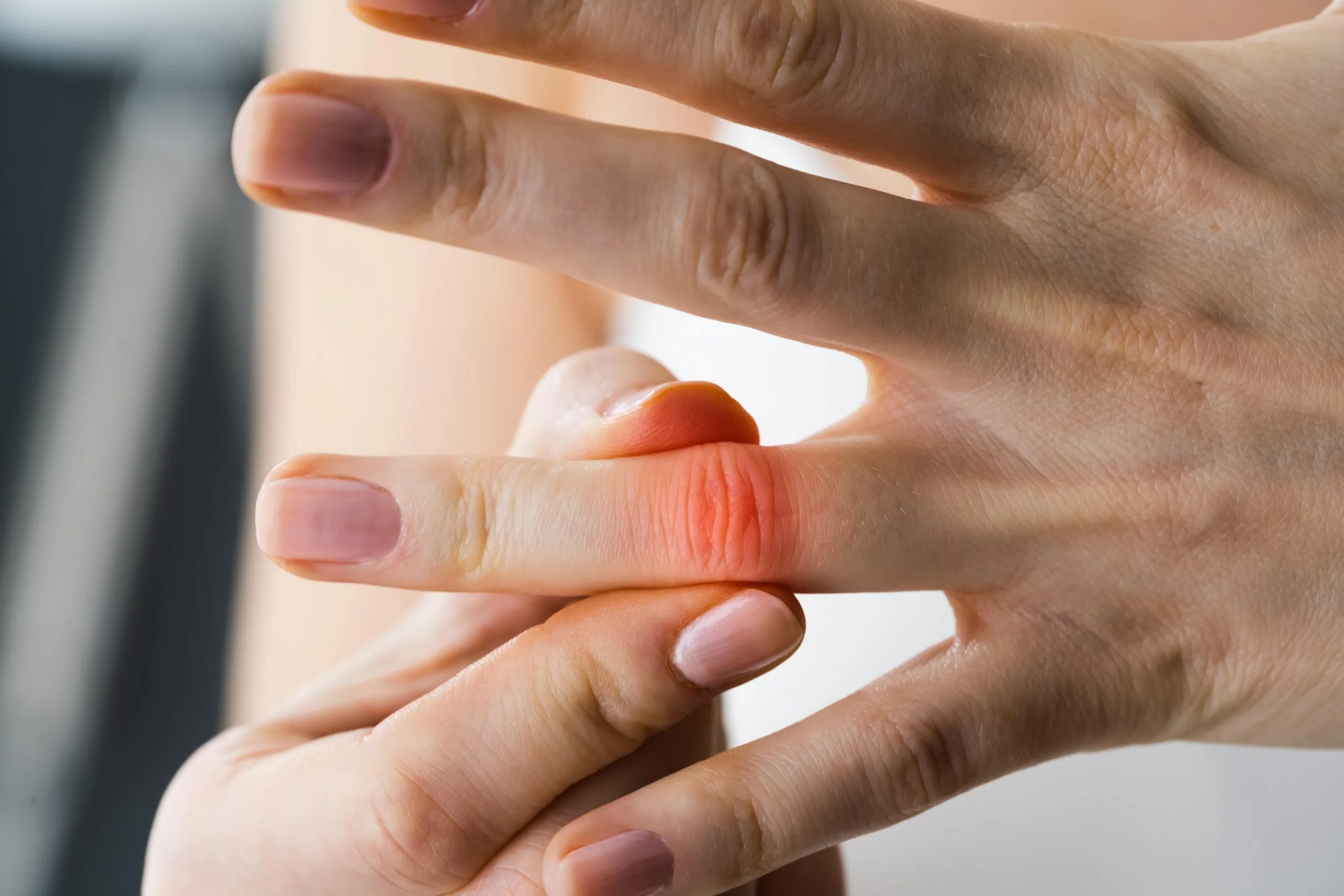
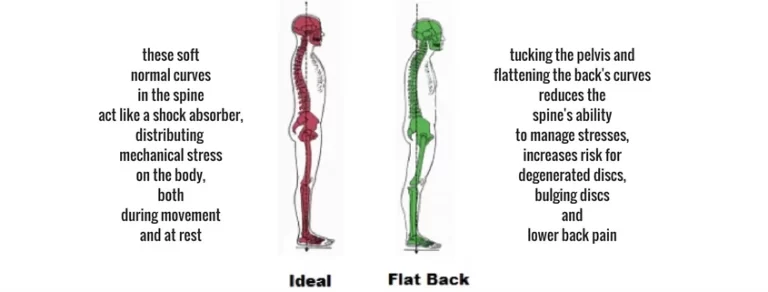
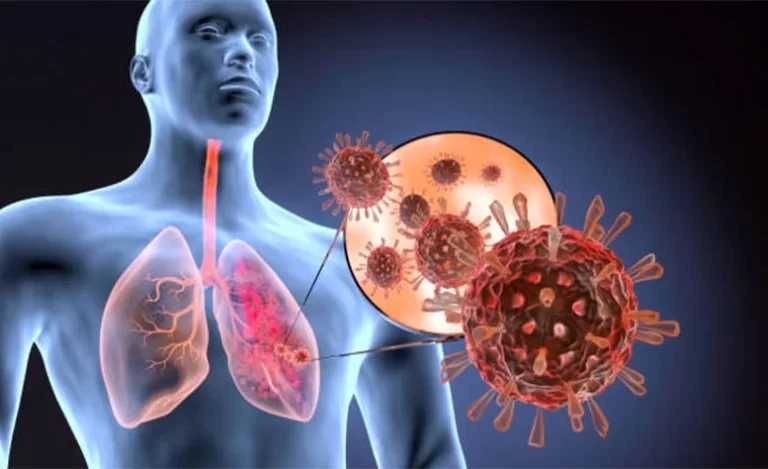
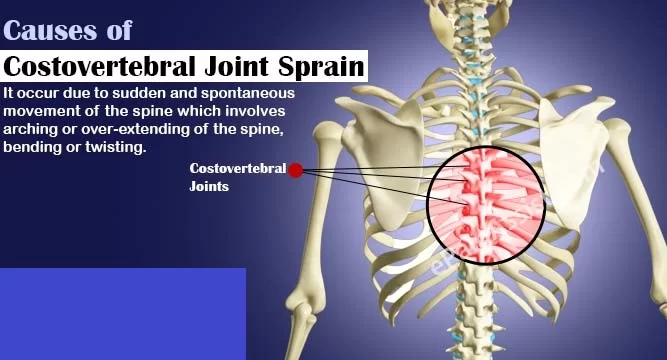
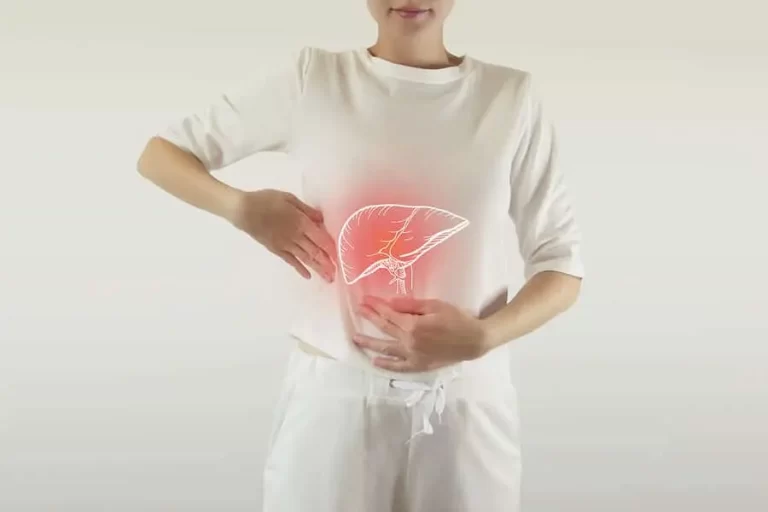

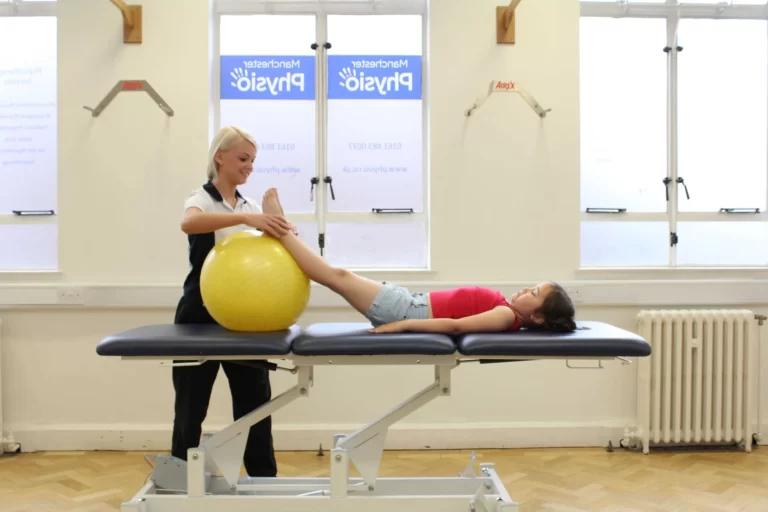
3 Comments